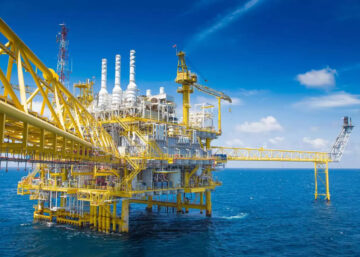Chimney
While the Republic of Ireland’s economy showed modest growth last year, the country’s energy use fell 4.6% according to this year’s Energy in Ireland report, published by the Sustainable Energy Authority of Ireland (SEAI).
Launching the report, Chief Executive of SEAI Dr. Brian Motherway said, “The energy productivity of Ireland’s economy has been improving steadily over recent years, with progress in all sectors. We are moving in the right direction, but there is no room for complacency. We still import 85% of our energy and this bill grew to €6.5 (£4.3) billion in 2012. This underlines the need to move from imported fossil fuels to indigenous renewables, and to achieve further efficiency gains.”
“The typical Irish home now emits 40% less CO2 than was the case 20 years ago. But we need to achieve even greater savings with further investment in energy upgrades, not only in our homes but in all buildings. Investing in energy efficiency, particularly in our buildings sector, can play an important role in our economic recovery by supporting jobs and strengthening business competitiveness.” Dr. Motherway concluded.
The report also states that:
- Energy use fell in all sectors since 2007, with transport down 27%, industry 13% and buildings 16%;
- Since 2007, the Republic of Ireland’s economy contracted by 7.3%, while energy demand fell by 19% and related CO2 emissions fell by 21%;
- Average CO2 emissions for new cars fell by 24% since 2007 and are now lower than the required EU target;
- Provisional figures show that the Republic of Ireland will meet its greenhouse gas (GHG) emissions target for the Kyoto period 2008 – 2012;
- Almost one fifth of electricity supplied in the Republic of Ireland, now comes from renewable sources, cutting around €300 million from Ireland’s fossil fuel imports last year. Electricity generated from renewables has increased eightfold since 1990.
According to the report, heating oil is now firmly established as the dominant fuel in the Irish residential sector, more than doubling its share from 17% in 1990 to 39% in 2010, before falling back to 34% in 2012. The relatively high proportion of heating oil, is consistent with the country’s low population density and dispersed settlement patterns in rural areas.
Electricity is the second most dominant energy form in Irish homes at 26%, whilst mains gas usage increased by a factor of almost six over the period to become the third fuel of choice at 22% share. Renewables’ share of final energy used directly in households in 2012 was 1.9% – a decline of 0.1% since 1990. The decrease can be primarily attributed to the move away from open fires to central heating systems, which occurred in the 1990s.
Overall, total CO2 emissions from the domestic energy sector decreased by 4% between 1990 and 2012, despite significant growth in the Republic of Ireland’s total housing stock. If upstream emissions from electricity generation are excluded from the residential sector, then total CO2 emissions decreased fell by 14% compared with 1990.
A copy of the SEAI report can be downloaded by clicking here.



